Bagru Printed Organic Cotton Anarkali Kurta with Pockets
₹2,250.0
Anarkali Kurta Size Chart
Measurements mentioned are in inches. If you’re in between two sizes, order the smaller size for a tighter fit or the larger size for a relaxed fit.
Garment Measurements
Size CHEST WAIST LENGTH
XS 36 33 48
S 38 35 48
M 40 37 48
L 42 39 48
XL 44 41 48
XXL 47 44 48
3XL 50 47 48
Body Measurements
Size CHEST WAIST HIPS
XS 33.5-34.5 29-31 37-42
S 35-36.5 31.5-33 42.5-44
M 37-38.5 33.5-35 44.5-46
L 39-40.5 36-38 46.5-48
XL 41-42.5 38.5-40.5 48.5-51
XXL 43-46 41-43 51.5-54
3XL 47-49 43.5-45 54.5-57
Fabric: 100% Cotton
Artform: Handblock Printing
Features:
• Extra soft pure cotton fabric
• Absorbs sweat & moisture
• Breathable & lightweight
• No shrinkage
You must be logged in to post a review.
Q & A
Sustainability of female eco-friendly garments can be evaluated in different ways, but it generally involves assessing the environmental and social impact of the production process and the materials used in making the garment.
From an environmental perspective, sustainable female eco-friendly garments should use natural and renewable fibers, such as organic cotton, hemp, linen, and bamboo, which are grown without the use of harmful chemicals, pesticides, and fertilizers. They should also avoid synthetic materials such as polyester and nylon, which are petroleum-based and take a long time to biodegrade, thus contributing to the buildup of plastic waste.
The production process should also minimize waste and pollution by using water and energy-efficient techniques and minimizing the use of harmful chemicals. This can be achieved by choosing sustainable production methods, such as using low-impact dyes and printing techniques, and recycling or reusing production waste.
From a social perspective, sustainable female eco-friendly garments should ensure fair labor practices, such as paying workers a living wage and providing safe working conditions. The production process should also prioritize local communities, sourcing materials and labor locally when possible, and supporting the local economy.
In summary, sustainability of female eco-friendly garments involves considering the entire lifecycle of the garment, from sourcing of materials to production, use, and disposal, and ensuring that it has a minimal negative impact on the environment and society.
General Inquiries
There are no inquiries yet.


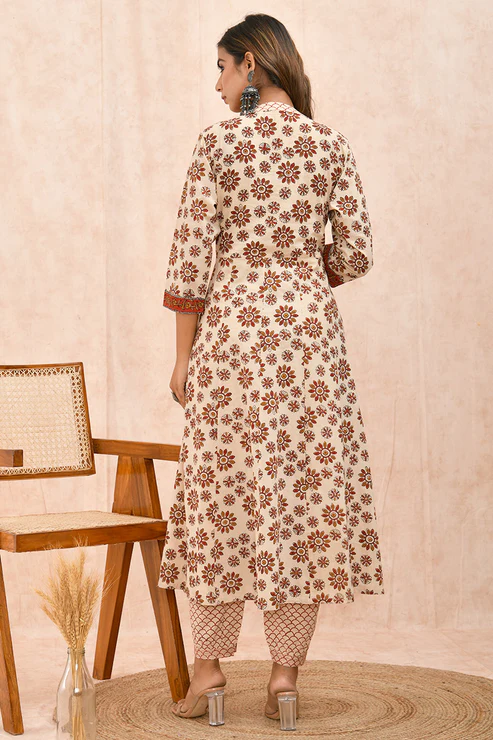
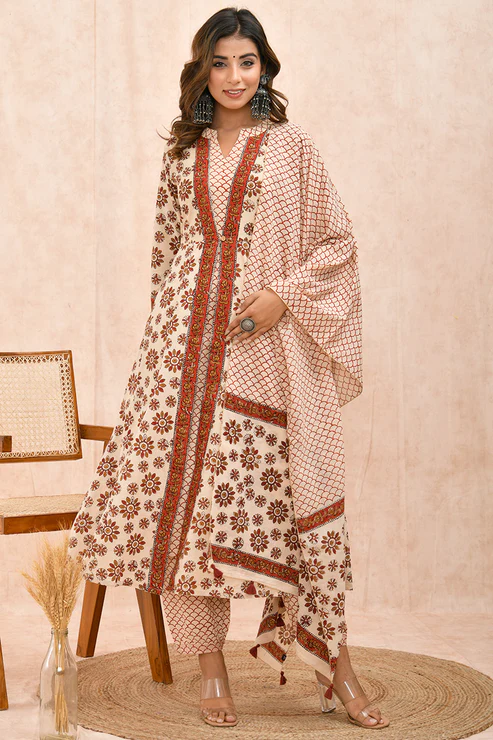
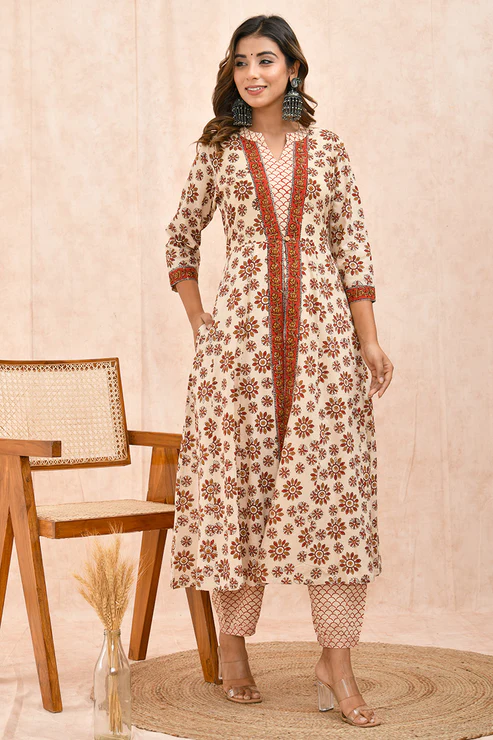
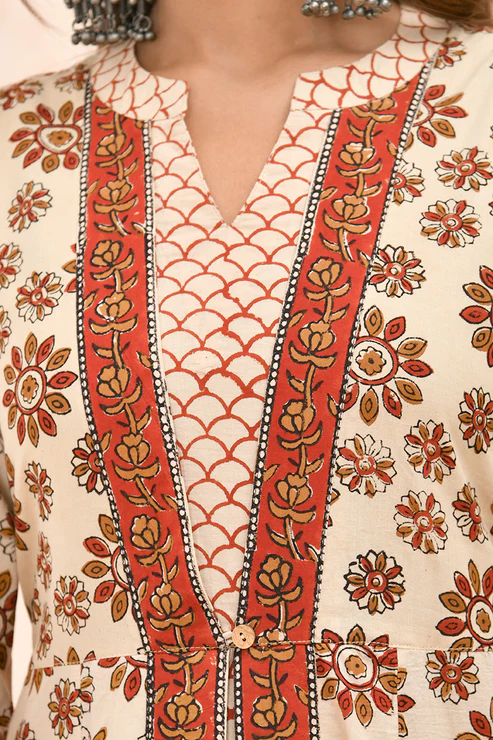
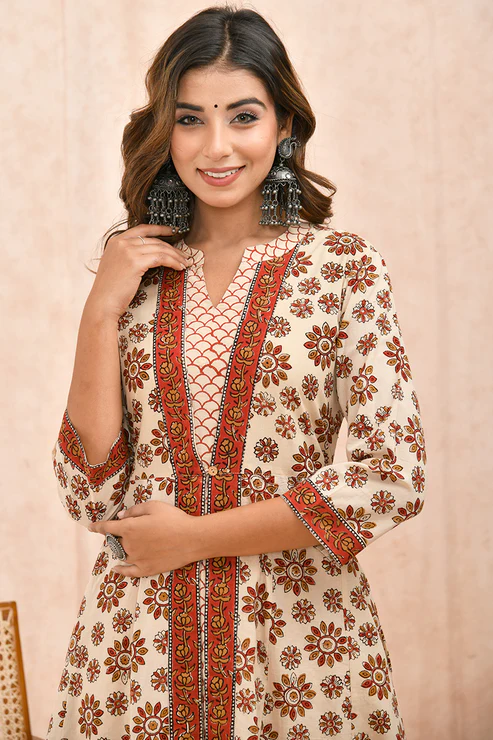
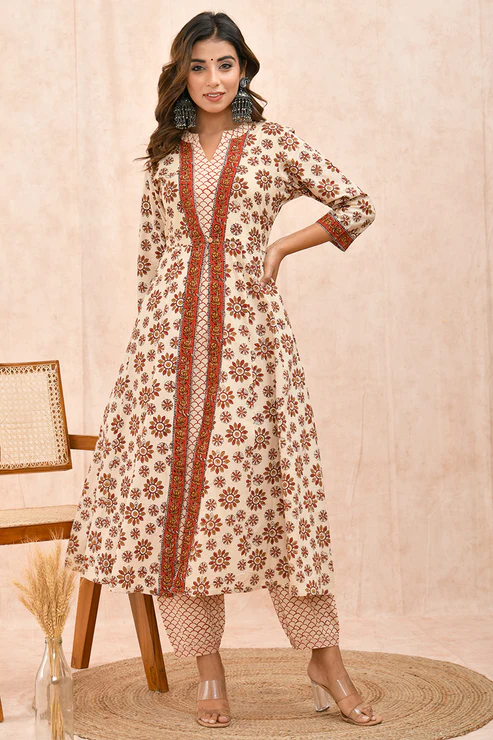
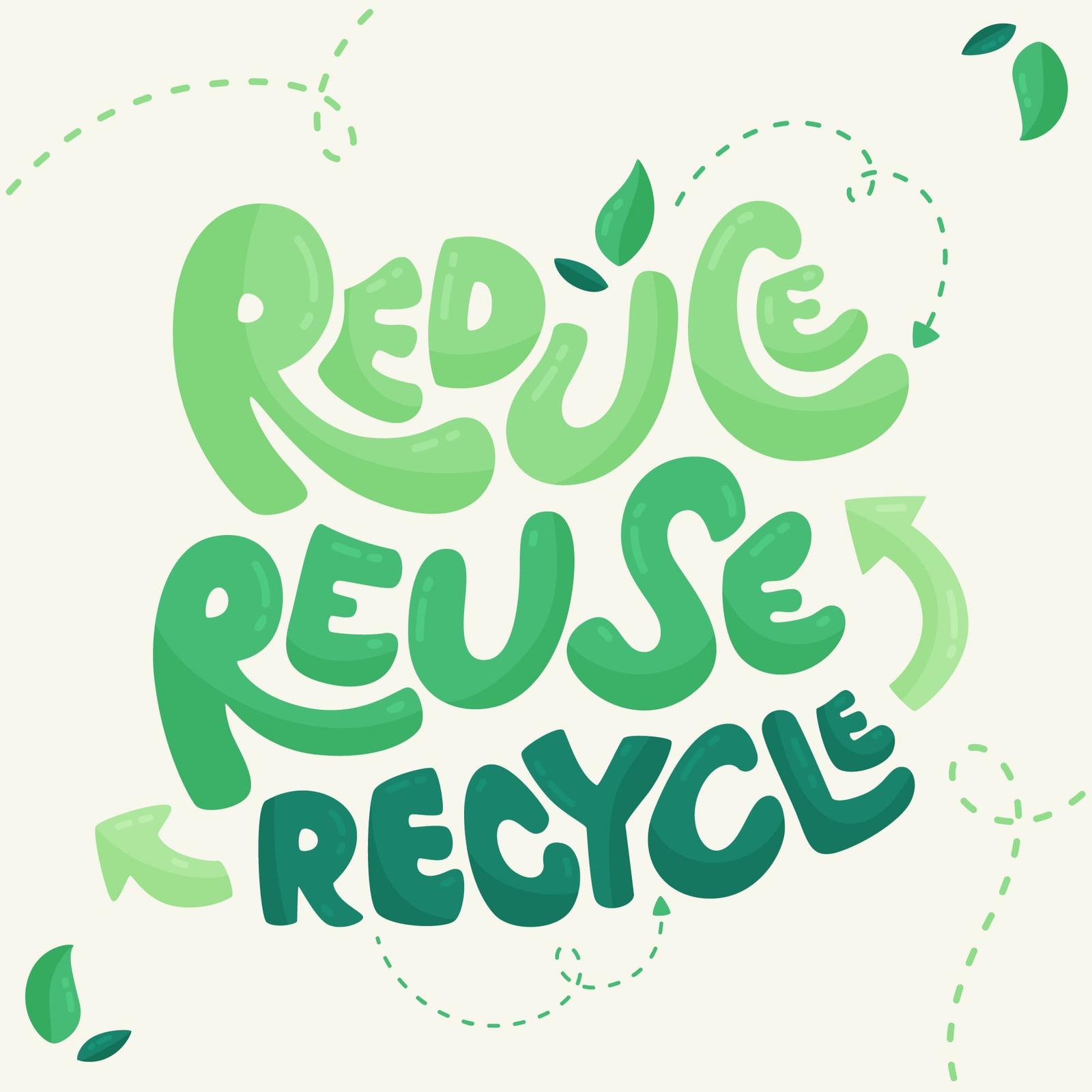
Reviews
There are no reviews yet.